Commanders!
Annual events to recognise and honor armed forces are common around the world, and on August 15 Poland celebrates Armed Forces Day. The occasion falls on this date to commemorate the extremely important Battle of Warsaw in 1920. The conflict changed the course of history for both Poland and the whole of Europe. The day is marked with military parades and remembrance events, yet that wasn't always so. Join us for a look at the Battle of Warsaw and the subsequent efforts of Polish combatants commemorated on Armed Forces Day.
Contents
ExpandBattle of Warsaw: Victory From the Jaws of Defeat
 Polish Infantry in the Battle of Warsaw
Polish Infantry in the Battle of WarsawThe Battle of Warsaw was the culmination of the Polish-Bolshevik war of 1920. At the time, Poland had set out to restore its pre-1772 borders, while Vladimir Lenin's USSR sought to spread communism westwards with aid of the Red Army. As the two polar ideals clashed in Belarus and Ukraine, the Red Army claimed a series of quick and decisive victories. Lenin was buoyed by this progress and ordered his forces to continue west, believing the Polish working class would aid their invasion in the name of revolution.
Within six weeks, they were approaching Warsaw, and while the working class did not rally to the invaders, momentum was firmly with the Bolsheviks. Facing defeat, Polish commander Józef Piłsudski proposed a bold counterattack in which Polish forces would stand firm in wait for the Soviet arrival before flanking and circling the Red Army. Seen as a desperate move, the plan was not popular amongst Polish generals, but with options far and few between, they committed to it.
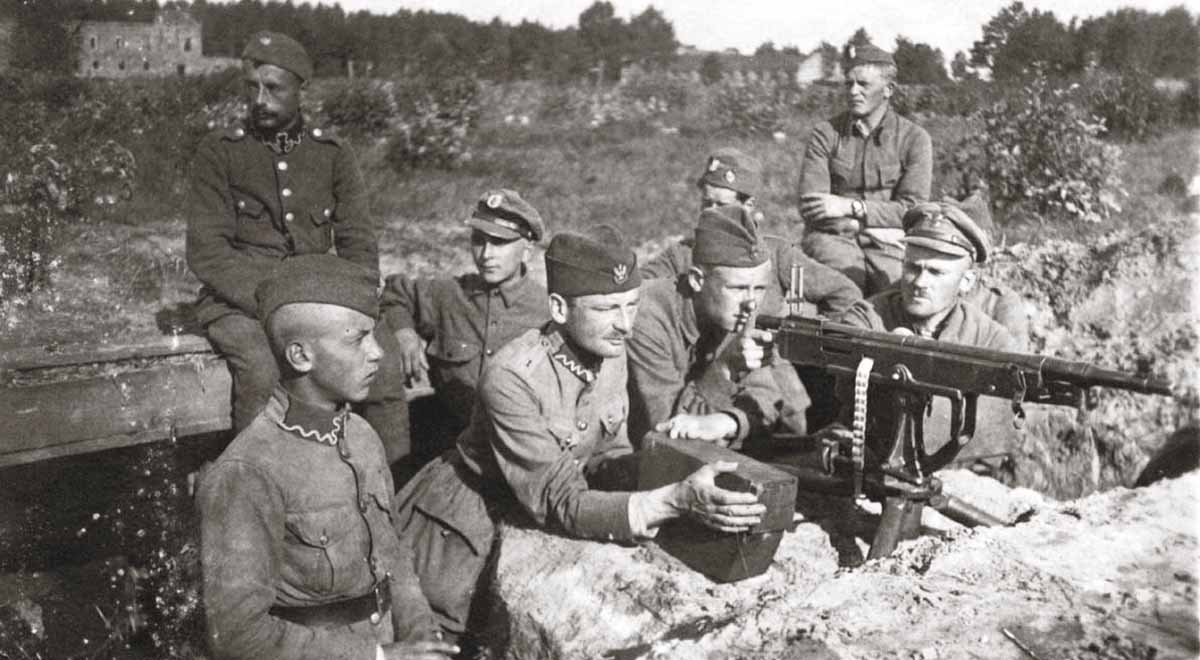 Polish defences at Milosna near Warsaw
Polish defences at Milosna near WarsawWhen, in August 1920, the Red Army began its final assault, Piłsudski was forced to launch his counterattack while not fully prepared. With the invasion 13 km from the city, it was feared to wait would spell defeat. As Polish forces fought in the Warsaw suburbs, Piłsudski's cavalry and infantry drove a wedge through the numerically and technically superior Bolshevik lines, covering great distance in a limited time. Unable to respond, the Soviet armies fell into chaos with some divisions continuing to fight towards Warsaw, while others retreated, only to fall apart.
The emphatic defeat crippled the Red Army, and in the following months, several more Polish victories secured the country's independence until 1939. It is regarded as one of the most important battles in history, since the Polish victory halted communism's spread into Western Europe. Soviet victory would have created a pro-Soviet, Communist Poland, furthering the revolutionary unrest present in neighbouring Germany at the time.
Interactive image. Slide between the two images to compare the Soviet assault on Warsaw and the Polish counterattack. Soviet forces in red; Polish forces in green.
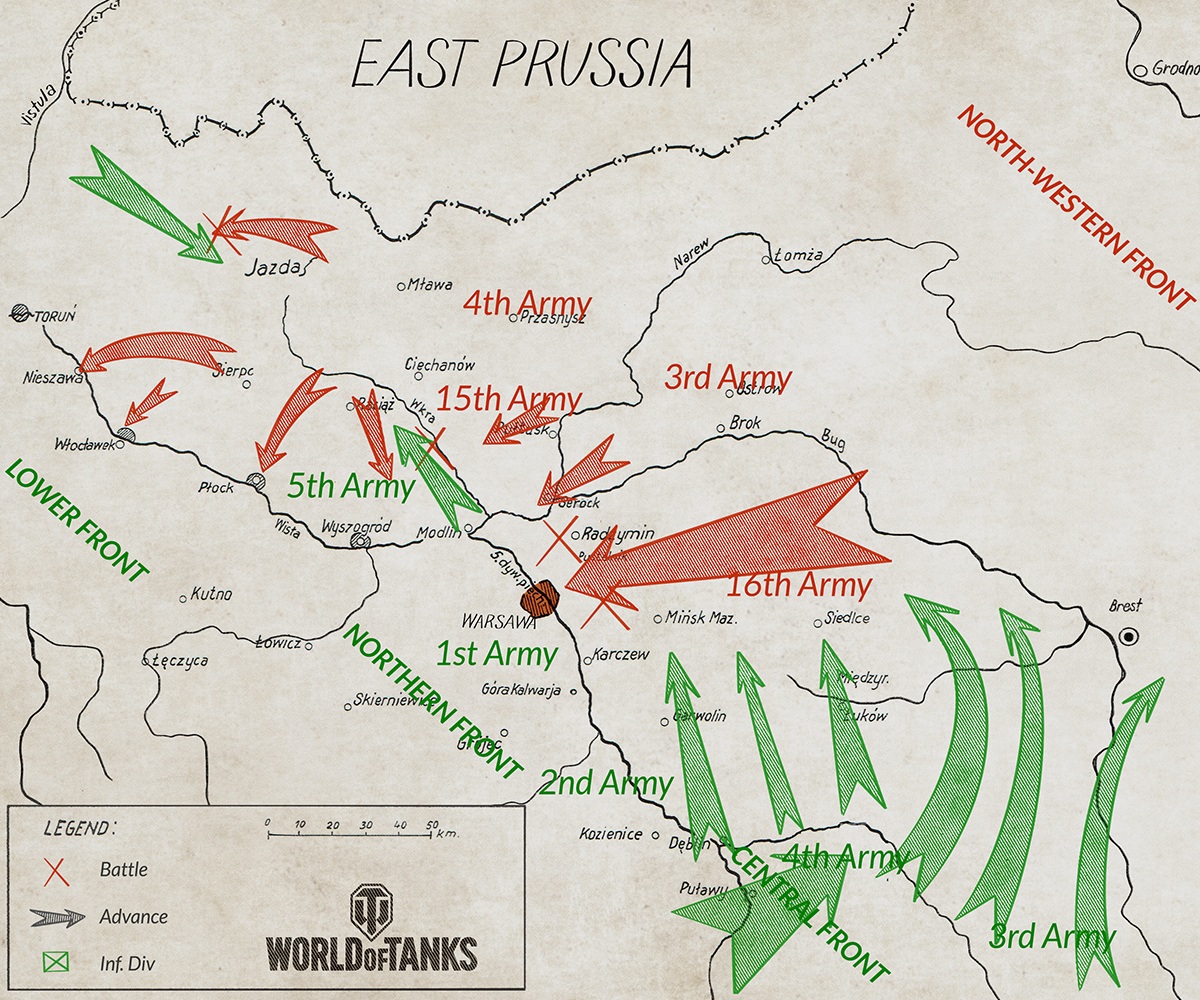

From the Feast of the Soldier to Armed Forces Day
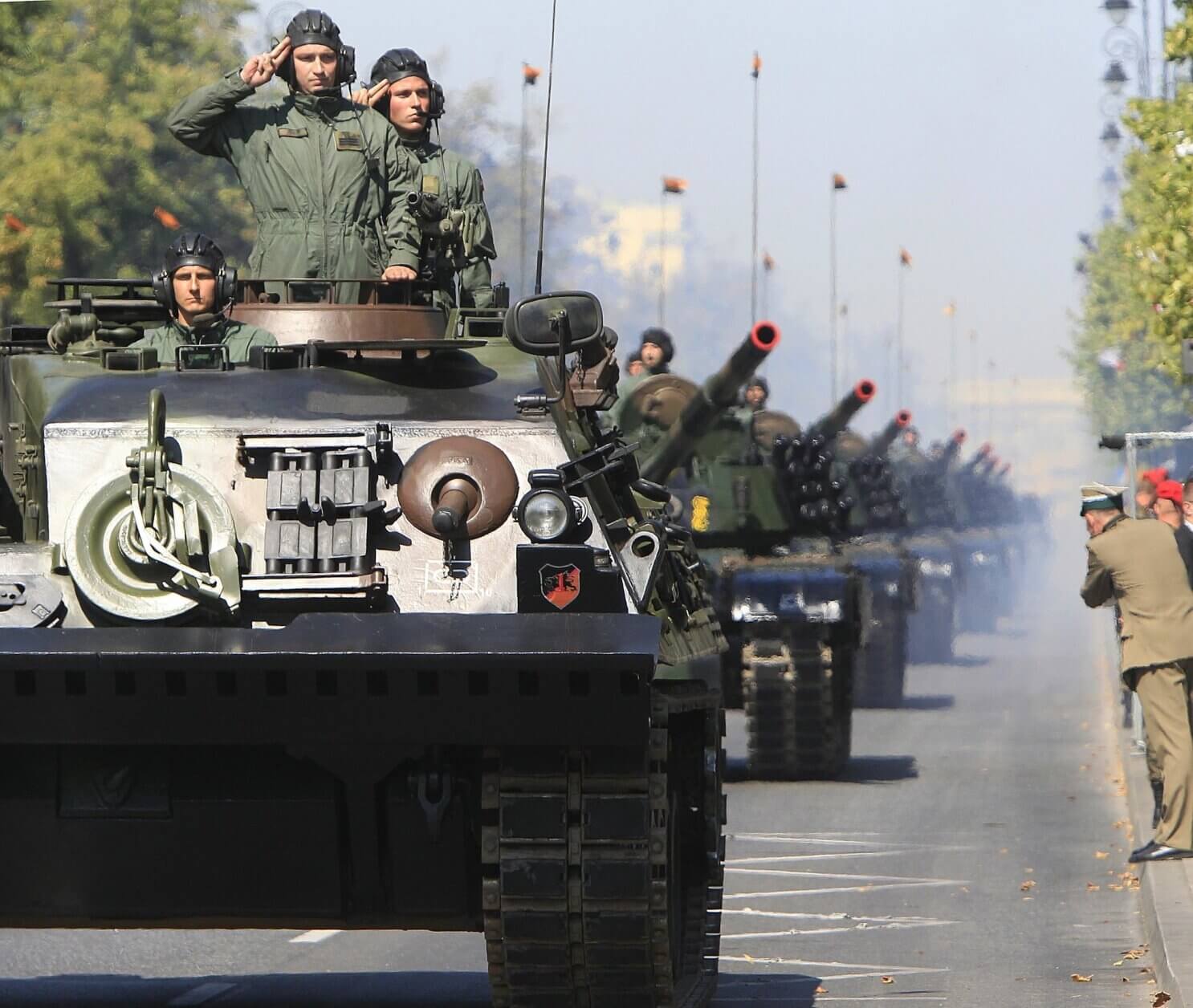 Polish Armed Forces Day parade, 2015
Polish Armed Forces Day parade, 2015Despite victory and the battle's significance, the commemorative Feast of the Soldier event was observed only until 1947. Following the end of the Second World War, the Soviet Red Army occupied Poland and controlled its administration. With the 1947 election, the communists took official control of the country and discontinued Armed Forces Day for its glorification of Soviet defeat.
Instead, the celebration renamed Polish Armed Forces Day marked the anniversary of the Soviet-organized Polish 1st Tadeusz Kościuszko Infantry Division engaging German units at the Battle of Lenino in October 1943. Although a prominent battle in Polish military history, Polish infantry were forced to withdraw following poor Red Army coordination. Nevertheless, the celebrated engagement exemplifies Poland's determined involvement in World War Two, which often had a strong element of colaboration.
Polish Involvement Throughout World War Two
The Battle of Britain: The RAF's Top Guns
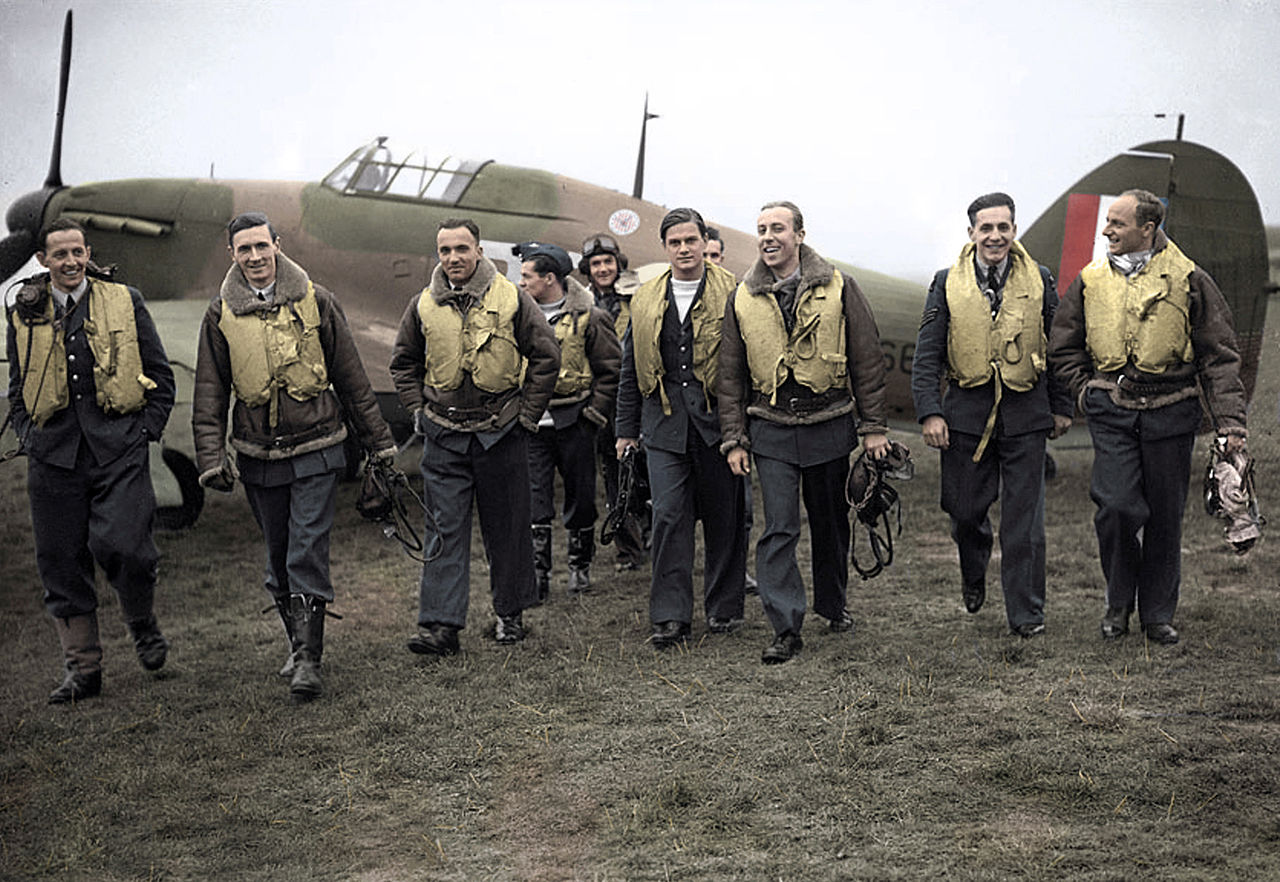 RAF 303 Squadron pilots, 1940 (colorized)
RAF 303 Squadron pilots, 1940 (colorized)After Germany invaded Poland on September 1, 1939 and defeated the Polish forces, the government-in-exile, some of its armed forces, and intelligence service reestablished themselves outside of Poland. By mid-1940, some 35,000 Polish airmen, soldiers, and sailors had fled to Britain, making up the country's largest foreign military force. Of this number, around 8,500 were airmen, and having already fought the Luftwaffe, they were among Britain's more experienced pilots. Royal Air Force squadrons 302 and 303 were created in June 1940, comprising Polish pilots, ground crews, and British commanders.
During the Battle of Britain—from July 10 through October 31, 1940—they shot down 201 aircraft, with 303 Squadron scoring 126 kills, the highest of any Allied squadron. Witold Urbanowicz of 303 Squadron was the top Polish pilot with 15 kills, while Tony Glowacki was one of only two Allied pilots in the battle to shoot down five German aircraft in one day. Their expertise were also such that 303 Squadron's lost almost 70% less planes than the rest of the RAF.
Warsaw Uprising: The Largest Military Resistance Operation
_used_in_a_barricade,_warsaw_1940.jpg) Captured Jagpanzer 38(t) used in a barricade, Warsaw, 1944
Captured Jagpanzer 38(t) used in a barricade, Warsaw, 1944As the Soviet Army approached Warsaw in mid-1944, the Polish government-in-exile sought to liberate the city from German forces before the Soviets arrived, fearing they would claim the city after doing so themselves. The uprising began on August 1, with the Polish Home Army taking control over the city center using guerrilla tactics, despite only 2,500 of the roughly 45,000 resistance fighters having guns.
Comparatively, the 25,000 German soldiers were armed with superior weapons, artillery, and tanks, which the Poles captured and used against the Germans. This included
 VI
VI
Pudel
, which we featured in our recent look at captured and converted vehicles. By August 4, most of Warsaw was under Polish control. But as Polish requests for Soviet assistance were ignored, German reinforcements arrived, proceeding to massacre tens-of-thousands of civilians in their homes. Although the severe cruelty hampered the resistance, the uprising lasted 63 days with Germany eventually reclaiming Warsaw.
Later, in January 1945, the Soviets and First Polish Army ousted the Germans from Kraków, Warsaw, and Poznań as part of the Vistula-Oder Offensive, then pushing towards Berlin. The Warsaw Uprising was the single largest military effort by any European resistance movement during the war, yet there was an even greater Polish involvement in ending the conflict.
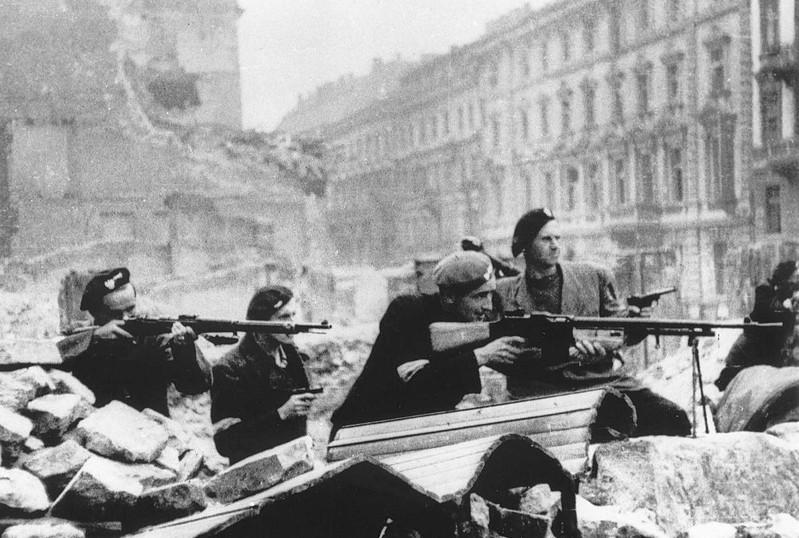

Left: Polish Home Army fighter, Warsaw, 1944 | Right: Capture of Pudel in Okopowa Street, Warsaw, 1944
The Enigma Code: Poland's Unsung Mathematical Heroes
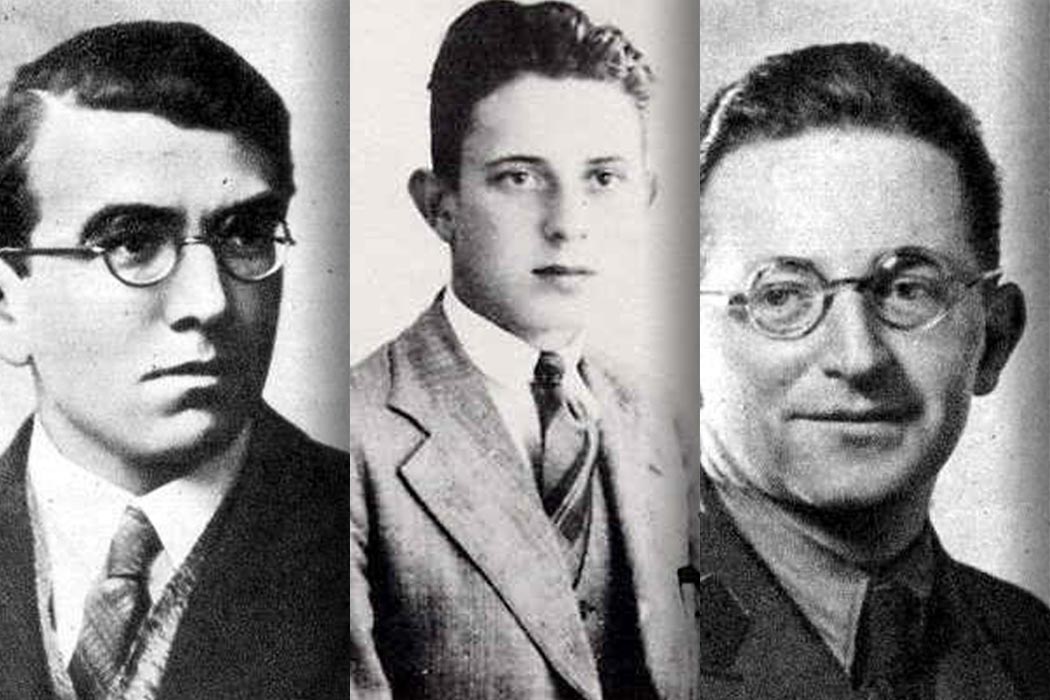 Right to left: Zygalski, Rejewski, Rozycki
Right to left: Zygalski, Rejewski, RozyckiBritain's Bletchley Park, the centre of Allied code-breaking during the war, is synonymous with the cracking of the Enigma code. However, Polish mathematician Marian Rejewski actually made the first breakthrough in 1932. Recognizing Europe was on the brink of war, British spies specialising in codebreaking visited their Polish counterparts and learned mathematics rather than linguistics was the key to decyphering Germany's code systems.
The Polish codebreakers had also created devices for simulating Enigma machines, something Britain's Alan Turing would later replicate after again meeting the Poles. The output of Bletchley Park is believed to have shortened the war by up to two years, and while the British drove the agenda, the contribution of the Polish mathematicians, Henryk Zygalski, Jerzy Rozycki, and Rejewski, was crucial. Their efforts potentially saved millions of lives, and it is thanks to them and many other brave participants in the war that Poland can celebrate Armed Forces Day.
Roll Out!
